How to Describe and Interpret Shale Core
I used the term “shale” to get your attention. Now that I have it, a more accurate title for this post should have been “how to describe and interpret mudrock core.” Shale has a particular connotation in people’s minds. Back in the day when I was in school, our professors used the Ingram (1953) classification and told us that shales were fissile and mudstones were massive. Now we know that fissility has more to do with clay-content, diagenesis and weathering. After the revolution in unconventional resource plays when everyone became a “shale expert,” there came a plethora of terminology. Find a classification scheme you like and be consistent. For the purposes of this post mudrocks refer to all rocks finer than 62.5 μm.
Facies diversity of the Mancos “Shale” from the San Juan and Uinta Basin, US
Now that we have semantics out of the way let’s focus on what you should be documenting.
Contrary to the common misconception that mudrocks are “dark” – they can show many variations in color. Noting the color of both dry and wet core is essential. Also worth noting is the proportion of different colored laminae. For example, do you see frequent grey laminae against a jet-black background? Alternatively, do the colors change from being dark grey consistently to light grey on a meter-scale?
Grey interval on left is calcareous, Black interval on right is siliciceous in the Avalon Shale of the Permian Basin
As a general rule (and exceptions may exist) blacks correspond to high clay and organic content, whites, and light-greys with carbonate-rich intervals and browns with silt or quartz-rich zones.
Brown = silica-rich, Grey = carbonate-rich in the Bone Spring of the Permian Basin
Run your fingertips on the core. Carbonate-rich intervals often feel smooth, whereas siliciclastic silt-rich intervals feel gritty and clay-rich intervals tend to feel fissile. If the core is broken (we are not endorsing you to damage core) then chew some pieces. Siliciclastic grain-rich intervals feel crunchy against your teeth; clay-rich intervals feel chalky. Ash beds tend to have weird colors from milky white in the Mowry to fluorescent green in some of the Permian Basin mudrocks. Noting their presence and thickness are vital because thick ash beds can ruin frac-jobs.
Bentonite beds in the Cretaceous Mowry of the Powder River Basin, US
The next step is to focus on individual laminae. These are tricky because of the high compaction (up to 80%) ratio of mud. Even if you are a pro at identifying sedimentary structures, in mudrocks their expression may not look very familiar.
Schaubcylindrichnus in silty-sandstone (left) has a very different expression than the mudrock example (right) – compaction matters!
I would strongly urge you to calibrate the core with thin-sections. Instead of guessing “well these brown laminae are eolian” – no, make a thin section and then take a look at what the geometry of the laminae are. Fortunately, the geometries follow a handful of patterns:
1. Parallel and continuous (at least at the thin-section and core scale)
2. Downlapping (yes the same sort of dowlapping geometries you see in deltas on seismic but on a micro-scale)
3. Normal graded
4. Inverse graded
5. Lenticular
Normal graded laminae in the Wolfcamp of the Permian Basin
These patterns can occur in isolation or in combinations. Documenting the stacking of these is critical and here is a useful figure from Li et al., 2015:
Equally important are upper and lower contacts of laminae (sharp-regular, sharp-irregular, gradational). If the sharp contacts are lined with a lag, note the composition.
Ichnology can add value in most cases. The goal is not mere identification but to look for patterns. These include:
1. Uniform vs. sporadic distribution
2. Diversity
3. Bioturbation Index Trends
4. Size of the burrows
5. Ichnofacies overlap
6. Monospecific suites
7. Glossifungites Surfaces
8. Escape Structures
9. Equilibrium Structures
10. Mantle and Swirl Structures
Teichichnus cutting across ash-layer in the Cretaceous Niobrara of the Powder River Basin
If I am starting to lose all you operations-types take a look at this example from the Bakken. Naturally occurring fractures tend to disappear when Bioturbation Index reaches 3. The reason is that the burrows are introducing just enough clay in the matrix to make it slightly more ductile.
Note decreasing fracture density towards the bottom of this photo – Mississippian Bakken Shale of the Williston Basin (not a UV light image)
Fracture description is the final step. Both drilling-induced and natural fractures provide valuable information. Natural fractures show mineralization along their planes. Mineralization can be missed in core but is hard to miss in thin-sections. This post is not about fractures but take some time to familiarize yourself with features you can use to differentiate shear from tension fractures. Also note the fracture density, orientation, and timing.
Pyrite mineralization along a fracture plane in the Mississippian Barnett Shale of the Dallas-Fort Worth Basin
Before you interpret, context is critical. Are these mudrocks from a basin adjacent to a carbonate platform or were they deposited in front of a delta? Context includes age as well. Before the Jurassic, most mudrocks lacked dilution from calcareous pelagic fall-out (no pre-Jurassic chalks). Rates of deposition were exceedingly low (1-2 million/meter) so higher probability of organic matter preservation.
When interpreting patterns in laminae, keep an open mind. For example, a wide range of depositional processes can produce normal grading. These include storms, hyperpycnal flows during which the flow reached a velocity high enough to erode the underlying inverse graded section, turbidity currents, and more. Sure, using a super-technical sounding term or worse an acronym like WESGF will probably impress the hell out of others on your team; but don’t get carried away.
Scalloped upper contact of sandstone most likely represents truncation by hyperpycnal fluid mudstone in the Cretaceous Mowry of the Powder River Basin
Most importantly keep your company’s business goals aligned with what you’re doing. Think about practicalities like landing zones, geomechanics, the rheological character of lithofacies and TOC. Core is expensive, so take this opportunity to prove to your managers that the company’s money was well spent.



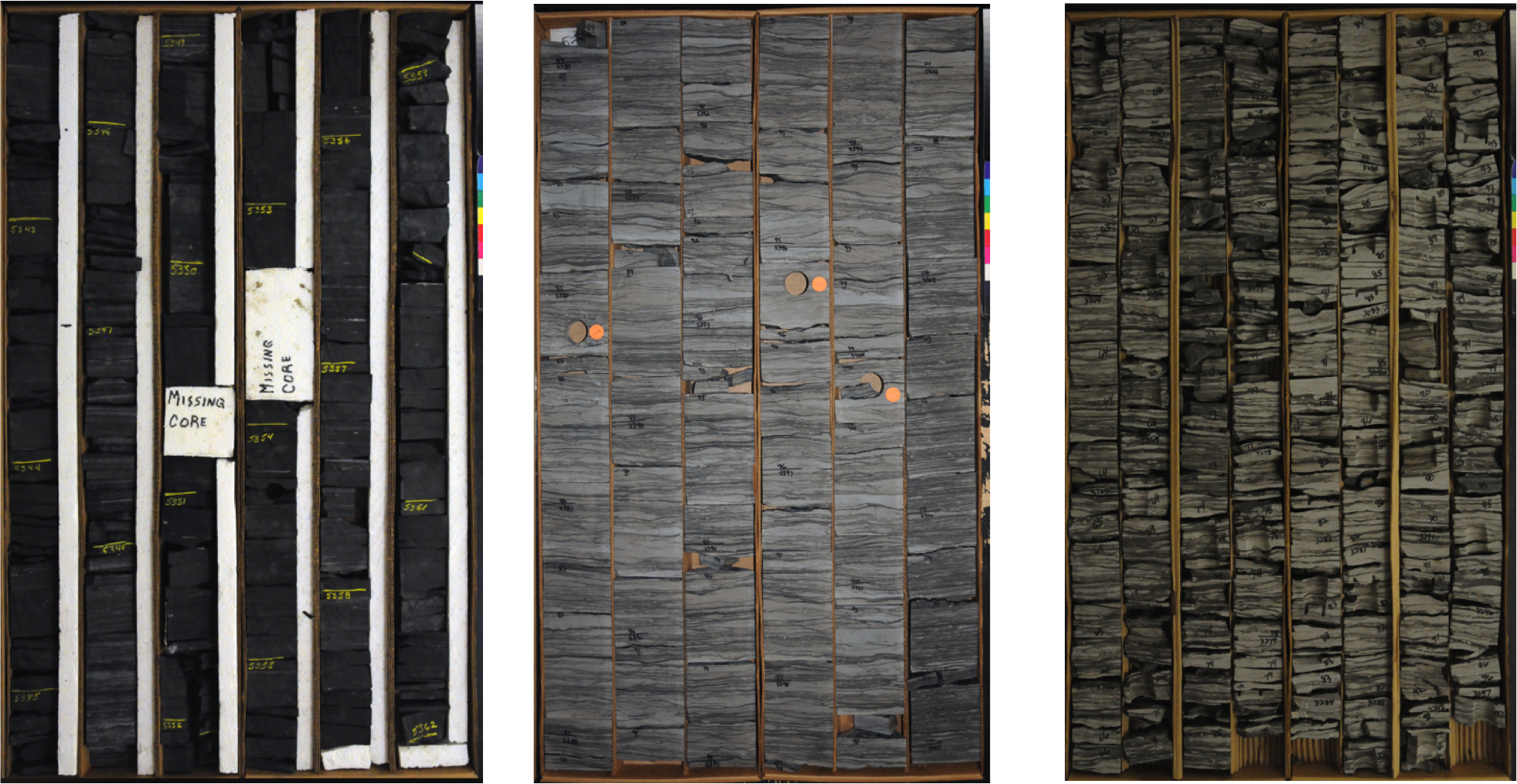
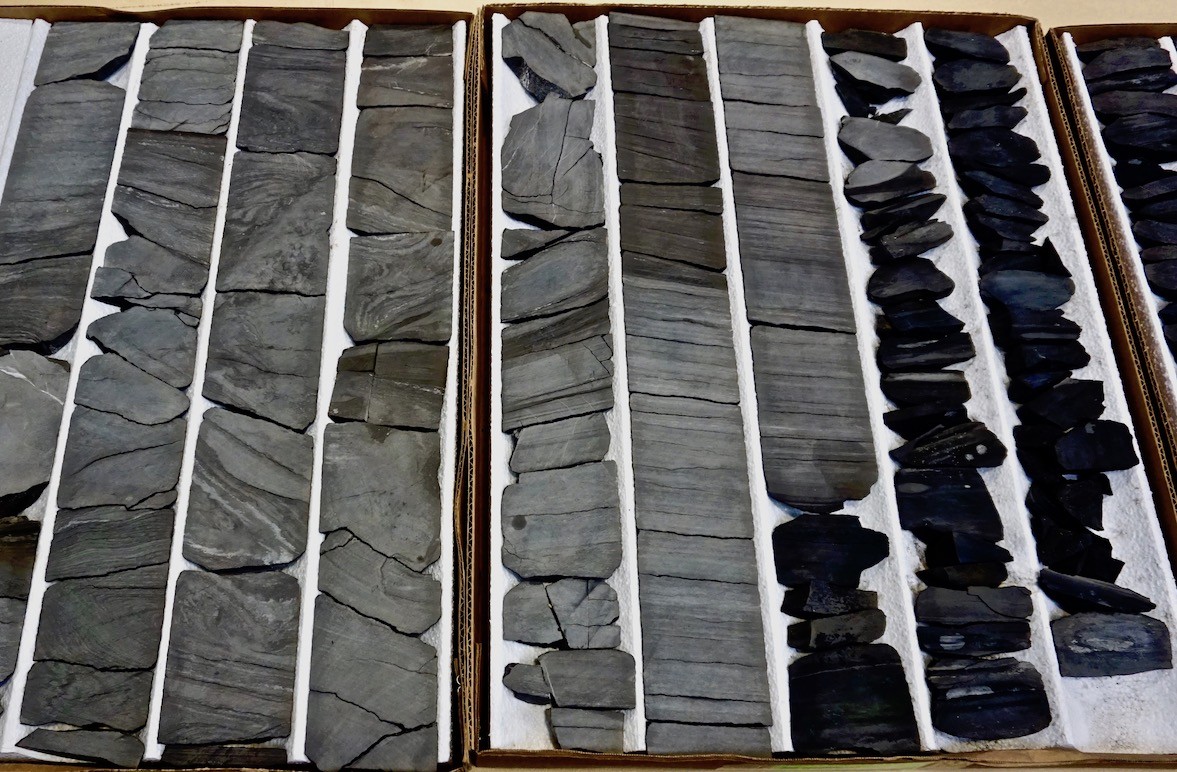
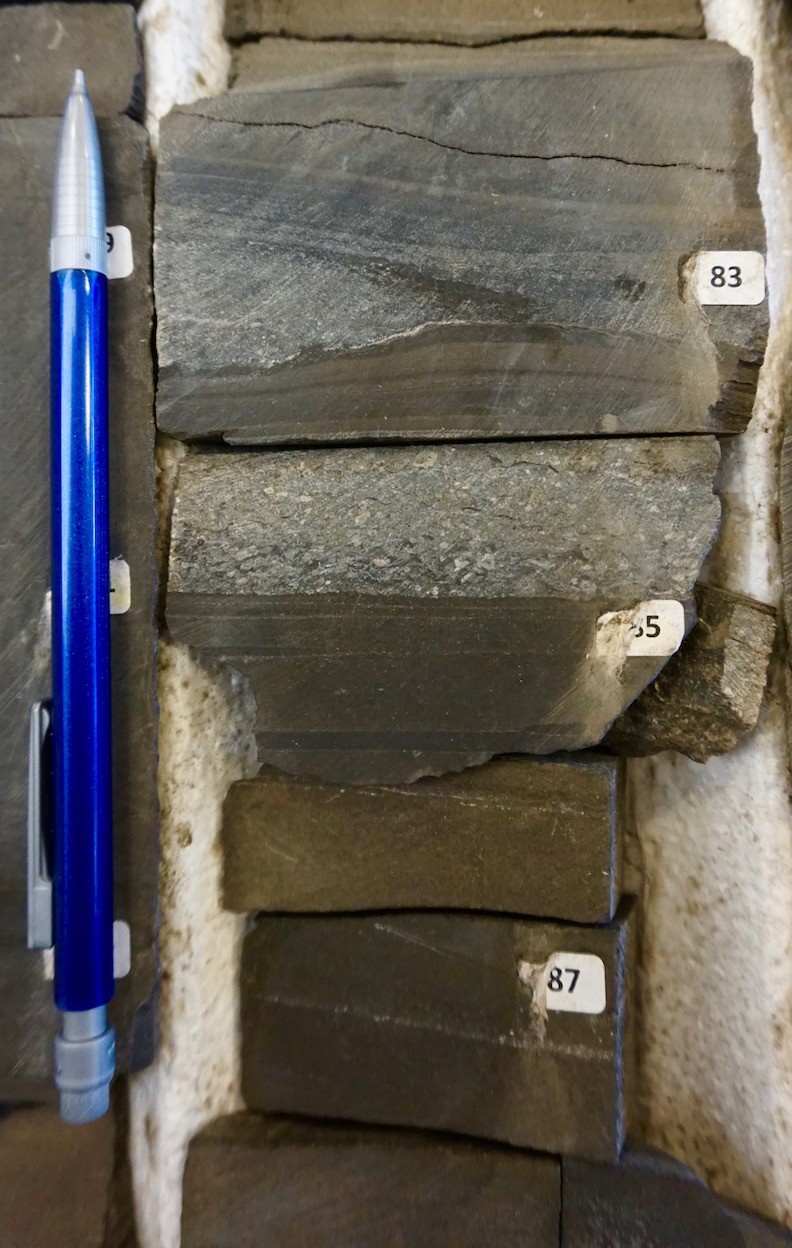
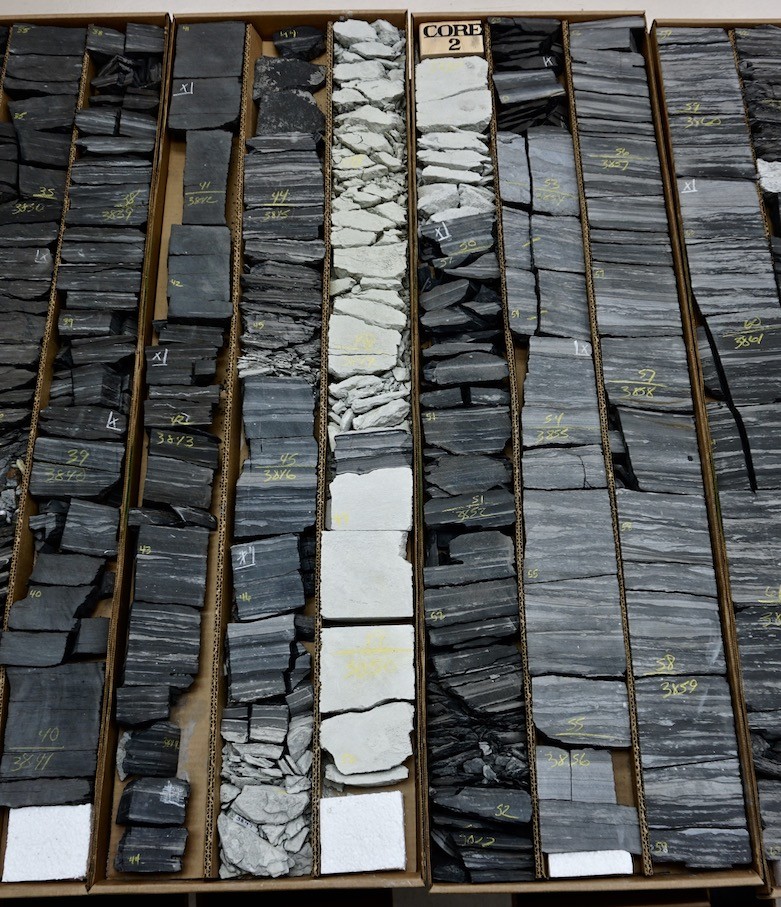
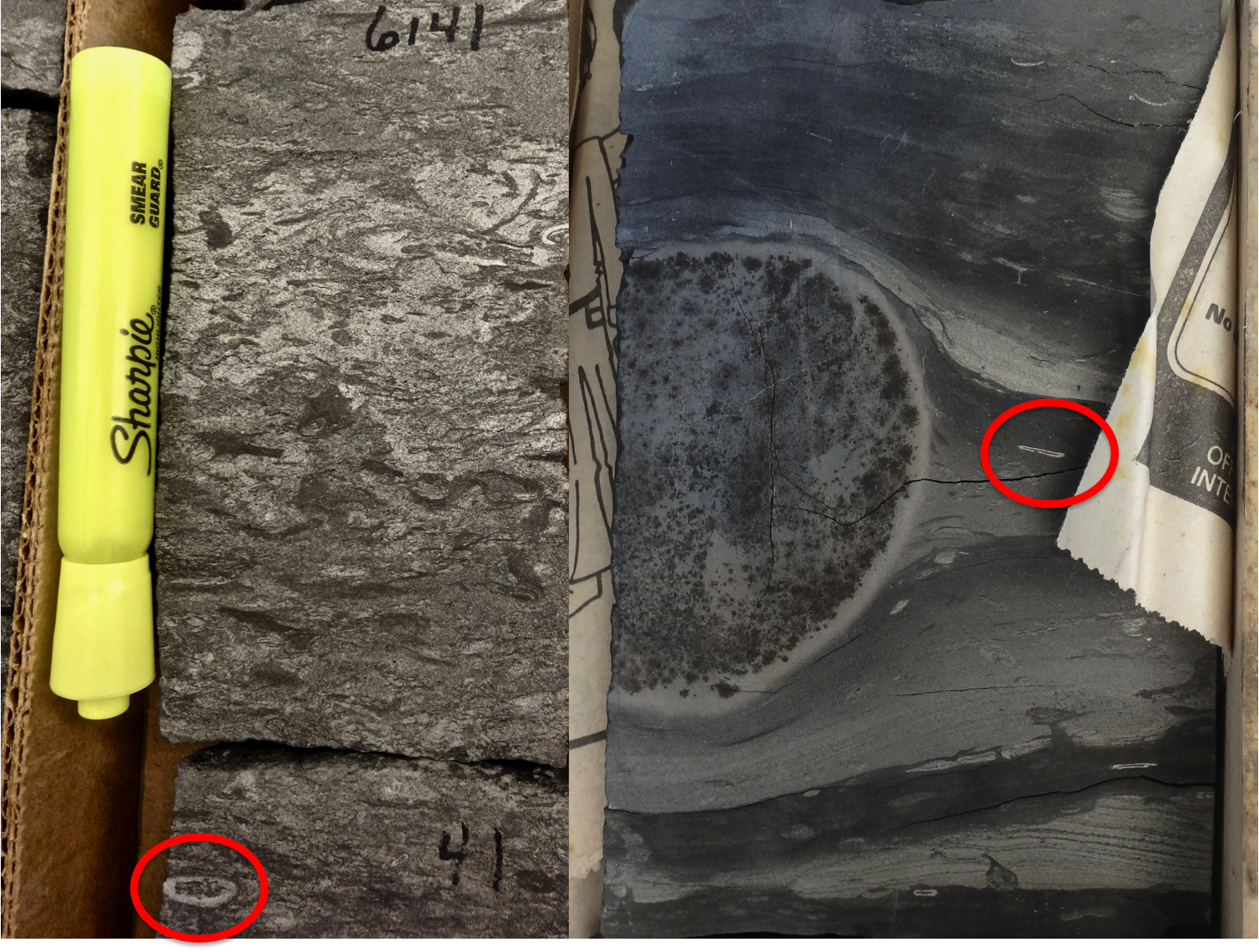
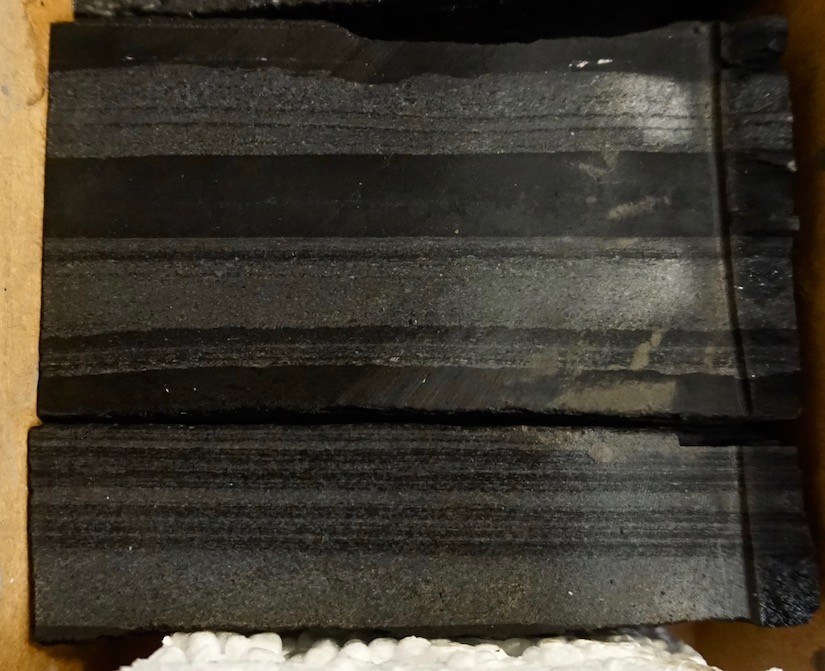
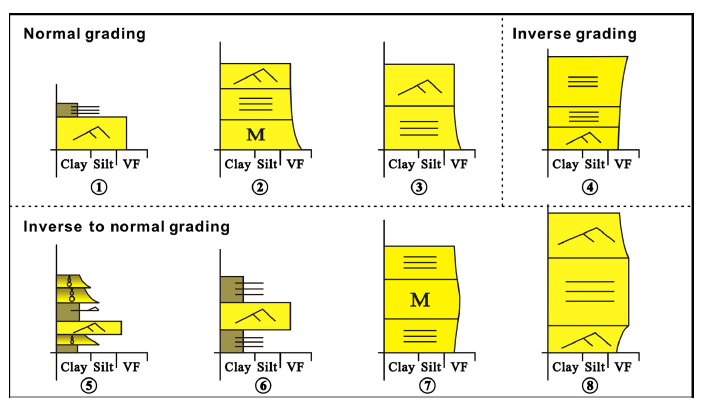
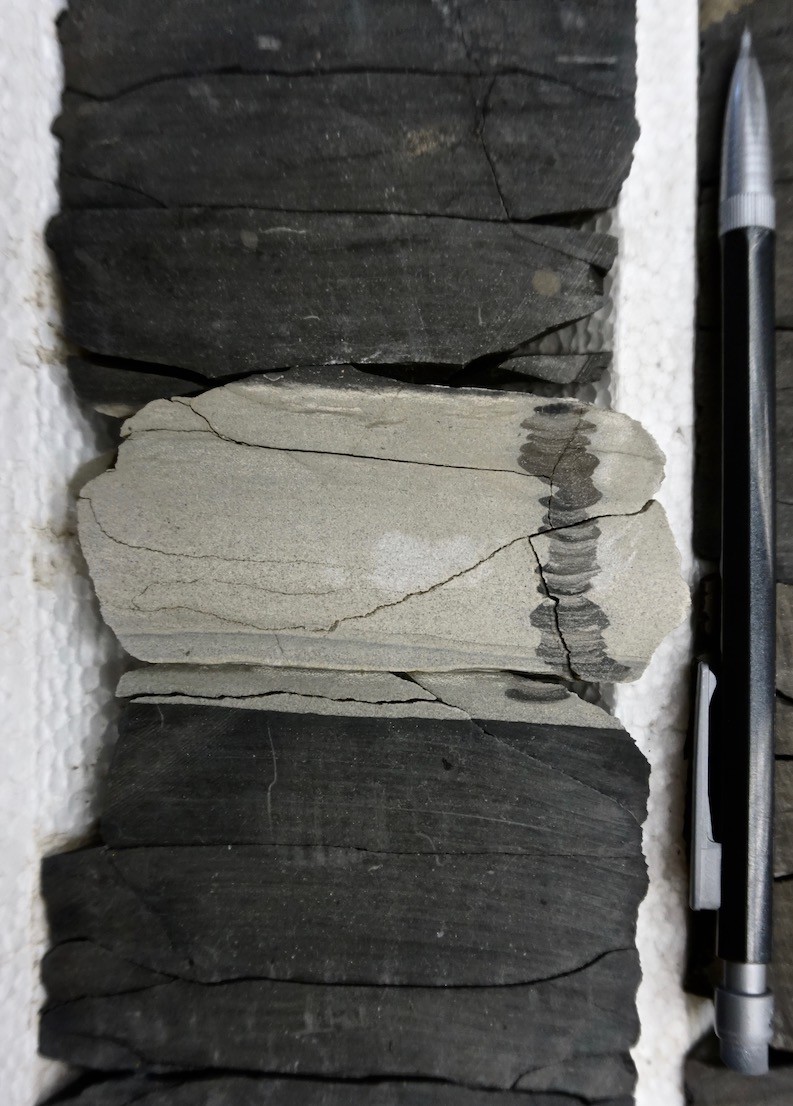
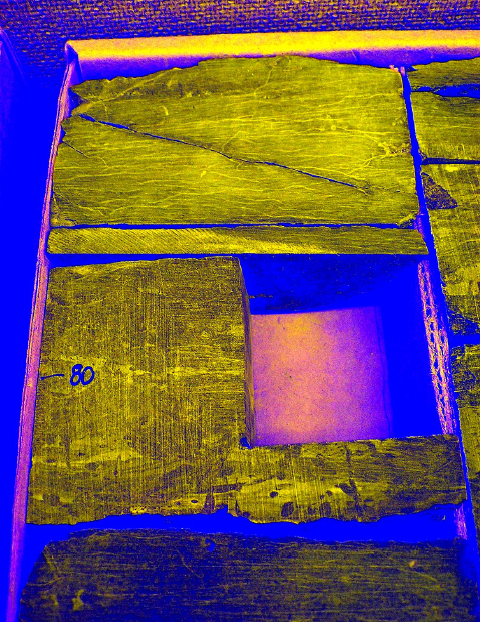
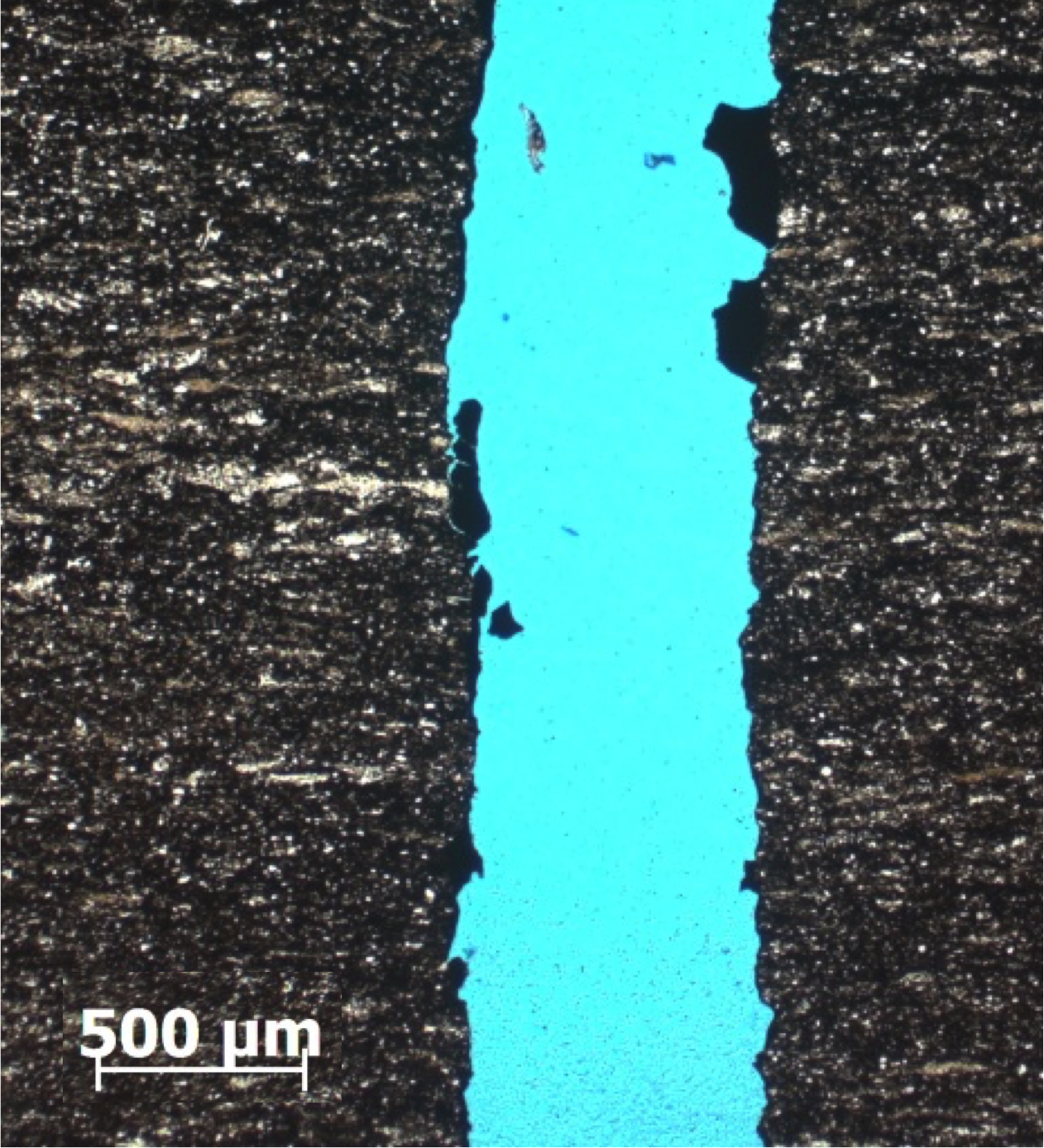
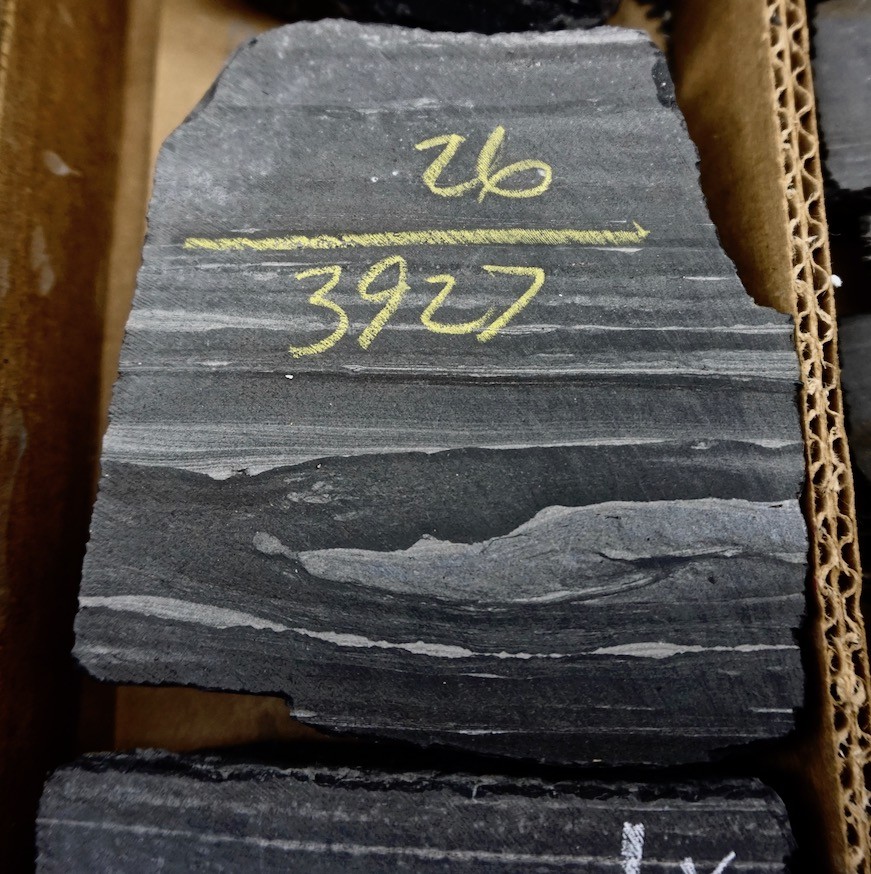

Post a comment
You must be logged in to post a comment.